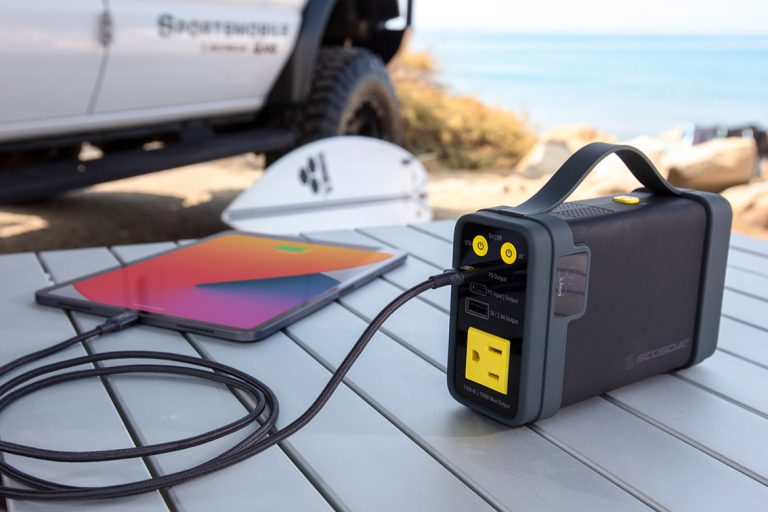Which Criteria Affect Car Insurance Rates?

When applying for or renewing a car insurance policy, many South Africans are often surprised by the final premium. While some drivers pay more than others, understanding what influences your rate can help you take better control of your coverage and finances. In this article, we explore the key factors insurers consider when determining your premium and how to make smarter decisions for your wallet and safety.
1. Driver’s Age and Experience
Insurers view age and driving experience as strong indicators of risk. Young drivers, particularly those under 25, generally face higher premiums due to inexperience and statistically higher accident rates. Conversely, older, more experienced drivers typically enjoy lower rates—assuming they have a clean driving record.
Tip: If you’re a young driver, consider joining a policy with a parent or guardian, or opt for a vehicle with strong safety features to lower your risk profile.
2. Driving History and Behaviour
Past behaviour is one of the most reliable predictors of future claims. Insurers will assess your history of traffic violations, accidents, and claims. A clean record signals responsible driving and results in lower premiums, while frequent incidents could increase your risk category.
Some insurers also reward safe driving with discounts or incentives. Programmes that use telematics or apps to track real-time driving habits—such as smooth braking, speed control, and safe night-time driving—can lead to more personalised and fair pricing.
3. Vehicle Make, Model, and Age
The type of car you drive has a major impact on your insurance rate. High-performance vehicles, luxury brands, or models that are more expensive to repair or more likely to be stolen often attract higher premiums.
Common considerations:
- Engine size and power
- Safety ratings
- Anti-theft features
- Replacement and repair costs
If you’re buying a new car, compare how different models impact your insurance before committing.
4. Usage and Mileage
How often and how far you drive can affect your risk level. Daily long-distance commuters are on the road more and thus statistically more likely to be involved in an accident. Weekend-only drivers or those who work remotely may enjoy reduced premiums.
Some insurers offer pay-as-you-drive or mileage-based policies that provide better value for those who spend less time behind the wheel.
5. Where You Live and Park
Your address can significantly influence your premium. Living in an area with high crime rates or accident frequency may increase your costs, while suburbs with low incident rates tend to lower your risk profile.
In addition, whether your vehicle is parked in a secure garage, carport, or on the street affects the likelihood of theft or damage—and your premium accordingly.
6. Type of Cover and Excess Amount
The level of cover you choose—comprehensive, third-party, or third-party fire and theft—directly impacts the cost. While comprehensive cover is the most expensive, it also provides the broadest protection.
Additionally, choosing a higher excess (the amount you pay out of pocket when claiming) generally reduces your premium, but be cautious not to set it so high that a claim becomes unaffordable.
7. Credit Score and Financial History
In South Africa, insurers may consider your credit history when calculating your car insurance rate. A strong credit record can suggest financial responsibility and reduce your premium, while a poor credit score might have the opposite effect.
Maintaining timely payments and minimising debt can not only boost your financial health but also reduce your insurance costs.
8. Claims History
Frequent claims, even small ones, can mark you as a high-risk client. Insurers use this history to gauge the likelihood of future claims. If you’ve previously claimed often or for costly incidents, expect a higher premium.
Where possible, consider covering minor costs yourself to maintain a cleaner claims record—especially if it doesn’t significantly exceed your excess.
9. Security Features
Insurers reward proactive security. Vehicles equipped with alarms, immobilisers, steering locks, or vehicle tracking devices are harder to steal and typically cheaper to insure.
Parking in secure locations and installing anti-theft measures can lead to discounts or eligibility for specialised coverage options.
Why Insurers Use These Criteria
Each of the above factors helps insurers assess the level of risk they’re taking on when covering your vehicle. The goal is to offer car insurance tailored to your needs, where safer drivers pay lower premiums and riskier behaviours are priced accordingly.
Choose a Provider That Rewards Smart Driving
While many providers use similar criteria to calculate premiums, how they weigh each factor can vary widely. Pineapple Insurance, for example, uses smart technology and a customer-first approach to offer competitive rates, transparent policies, and rewards for safe driving.
Their model embraces fairness and customisation, helping you get the coverage that fits your lifestyle—without overpaying.
Final Thoughts
Your car insurance rate isn’t just a number—it’s a reflection of your lifestyle, habits, and choices. By understanding what influences your premium, you can take proactive steps to reduce your risk and find better value.
When shopping around, look beyond just the price tag. Assess what you’re getting for the premium and whether it aligns with your driving habits, financial goals, and need for peace of mind.






